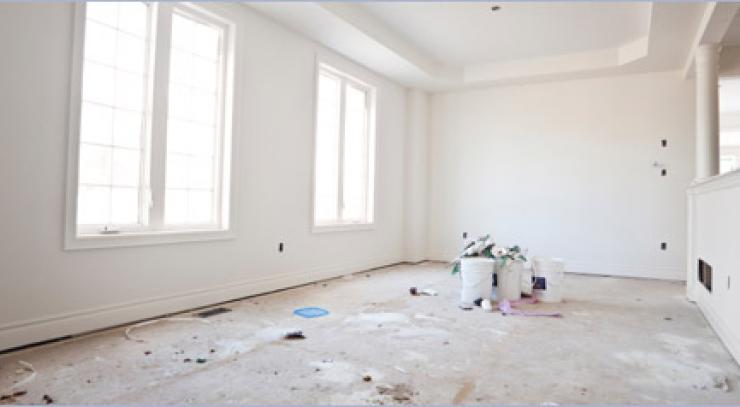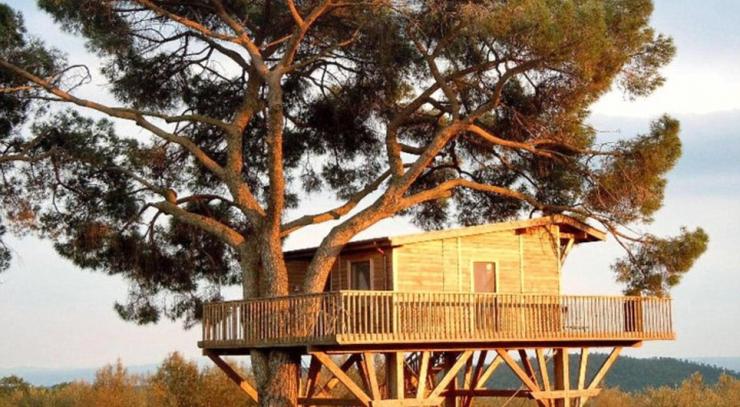Fast-tracking planning approval for high-quality townhouses, better standards for low-rise apartments and targets for new homes in each Melbourne local government area are among reform options proposed by the state’s independent infrastructure advisory body.
Infrastructure Victoria’s chief executive, Dr. Jonathan Spear, said many areas in established parts of Melbourne and regional cities, such as Geelong and Ballarat, can accommodate more homes. But more choice and housing diversity is needed to meet people’s needs as Victoria’s population grows.
“Building more high quality, medium density housing in established suburbs will mean more home choices close to jobs, services and existing infrastructure, at a price more people can afford,” Dr Spear said.
“We know many people are doing it tough. To make buying a home possible and fairer for many more families and first home buyers, we must provide more affordable, high quality home choices in more locations.”
In its latest research, Infrastructure Victoria talked to over 6,000 people from Melbourne, Geelong and Ballarat about the type of home they would choose if they had to move today – the largest survey of housing preferences ever conducted in Australia.
One-in-five households said they would trade a detached home in a new suburb for a townhouse or apartment for the same price closer to city centres. These families and first home buyers want more housing choices closer to existing infrastructure, and family and friends.
“Households on moderate incomes, many of which are families and first home buyers, are being locked out of Melbourne’s middle suburbs, pushing them further away from jobs, schools and public transport, and locking them in to more travel time in the car,” said Dr Spear.
“Our package of reforms will encourage more diversity of housing across greater Melbourne and our regional centres, especially more three to four-bedroom townhouses, units and apartments. These options will give many more Victorians more housing choices and the chance to live closer to jobs and existing infrastructure,” Dr Spear said.
Infrastructure Victoria’s latest research report, Our home choices: how more housing options can make better use of Victoria’s infrastructure, shows moderate income households earning between $88,000 and $132,000 are priced out of many inner and middle suburbs of greater Melbourne.
The research offers ten policy options for the Victorian Government to support more choice for moderate income households who prefer to live in established suburbs, closer to jobs, services and existing infrastructure.
“Providing housing and infrastructure to Victoria’s growing population is a significant challenge, but the government does have opportunities to influence where homes are built, and which suburbs people choose to call home.
“This will help make the most of the good infrastructure we already have and ease the task of delivering new infrastructure in growth suburbs which are already struggling to keep up with demand,” Dr Spear said.
You can read Our home choices and supporting technical reports on the Infrastructure Victoria website.
Infrastructure Victoria’s research proposes the following options package for the Victorian Government to consider:
1: Reform infrastructure contributions to send the right price signals
Develop a clear, efficient, and transparent infrastructure contribution system that better reflects the true cost of infrastructure in different development settings and supports better use of existing infrastructure.
2: Reform stamp duties that distort home choices
Remove the distortions created by stamp duty concessions and ultimately abolish stamp duties altogether, potentially by replacing them with a broad-based land tax.
3: Remove home subsidies that encourage greenfield choices without improving affordability
Avoid subsidies that inflate house prices and remove the First Home Owner Grant.
4: Use government ‘shared equity’ schemes to encourage established suburb home ownership
Over time, change the locations eligible for the Victorian Homebuyer Fund, to encourage people to buy homes in established suburbs.
5: Measure and incentivise progress towards new local housing targets
Set targets for the number, type, and size of new homes in each Melbourne local government area, in collaboration with local governments. Offer local governments incentives to meet the targets. Measure progress by closely monitoring new housing supply and publishing detailed statistics at least every year, including by home type and features.
6: Prioritise and streamline approvals for urban renewal precincts
Prioritise urban renewal precincts for development, with streamlined planning approvals. Set targets in each precinct for the number, type, and size of new homes. Develop suitable housing demonstration projects including three-bedroom homes.
7: Develop better standards for low-rise apartments, then increase their supply by expanding use of the Residential Growth Zone
Develop better standards for low-rise apartments (four or fewer storeys) in the Victoria Planning Provisions. Introduce more low-rise apartments by supporting local governments to rezone more residential areas near public transport and services to the Residential Growth Zone.
8: Develop a dual occupancy and townhouse code
Give property owners as-of-right permission to bypass red tape and supply more diverse homes when they comply with the new dual occupancy and townhouse code. Give better visual guidance for well-designed dual occupancies and townhouses.
9: Allow homebuyers more parking options
Reduce or remove compulsory minimum parking requirements to improve choice and affordability of new established area homes, close to good public transport. Allow homebuyers to choose how much onsite parking they want to pay for above minimum requirements.
10: Encourage child-friendly design in new apartments
Update the Better Apartments Design Standards to specify better access, versatility, and safety features so apartments are more attractive for households with children. Introduce voluntary design guidelines for best practice child-friendly apartment design.
























